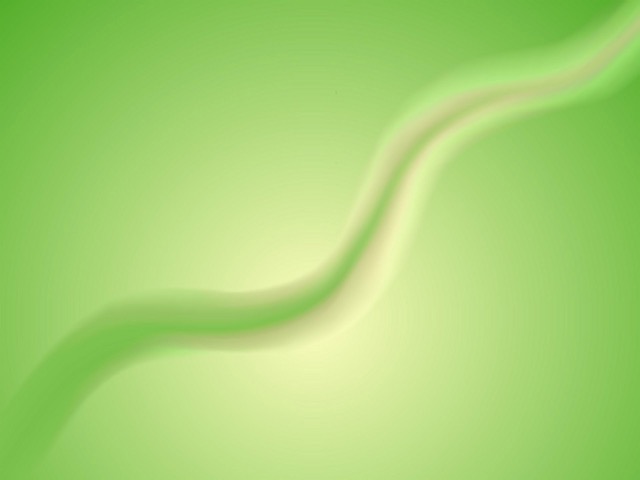Reality TV has shone a light on extreme collecting compulsions, featuring people who hang onto every bit of detritus that has ever come into their lives. But, today’s technology makes it easier for some hoarding to go unnoticed until the obsession has a firm grip on a hoarder’s life.
Reinventing an Illness
It’s called Information Hoarding, and it’s a disorder that psychologist and OCD specialist Dr. Jenny Yip says isn’t anything new: it’s just come into the digital age.
“The information hoarder today is a little bit different than the information hoarder of yesterday,” Yip explains. “People who used to hoard information would hoard newspapers…because they feel like they’re going to get to that article later.”
“Today, everything is digitized, so it’s much easier to hoard information, because I don’t have a pile of newspapers on my desk—I’ve got a bunch of bookmarks on my hard drive.”
While collecting bookmarks on your computer may sound innocuous enough, Yip says it can quickly become an all-encompassing mission for a hoarder to collect more information, and it can get expensive. A computer hard drive can only hold so much information before a hoarder needs to add more memory. One information hoarder Yip worked with collected more than 50 hard drives in two years’ time. What’s worse, she says information hoarding is a difficult cycle to break and will only become more prevalent with social sharing sites like Pinterest making hoarding even easier.
“(Pinterest is) having a long to-do list and never getting to any of it,” she explains. “That will actually create a lot more anxiety than if you’re actually checking things off your to-do list…It gives you a sense of unfinished business. It creates what feels like more work.”
Diagnosis and Treatment
Information junkies won’t find much recent research on information hoarding on the net, but they can take a Quick Anxiety and OCD Test from Dr. Yip’s Renewed Freedom Center to find out if they need professional help. Hoarding is a disease that doesn’t just magically take over someone’s life: it begins as early as 25 months old and progressively takes up more and more time—and space—each decade.
While a mental health professional should be the one to diagnose and treat a hoarding disorder, once a hoarder is ready to start letting go, the work of tackling all the collected data begins. It can be daunting to sift through bookmarks and links to determine which files should be saved—such as family photos and tax records—and which ones should be trashed. That’s where Professional Organizer Kristin Long says an organizer can step in to help.
“Create a filing index,” Long suggests as a first step. “Creating an index eliminates confusion as to where files belong and provides a quick reference for future saves. Once you have the index, begin sorting financial documents.”
Once crucial financial documents are categorized and sorted (banking, charitable donations, credit cards, investments, loans, mortgage, and tax documents), Long says it’s easy to see what is important to save and what can be deleted. Once the cleanup is done, it’s a matter of repeating that sort and purge process on a regular schedule to prevent holding onto links and bookmarks that only serve to distract from what’s important.
Bron: Strategymagazine











